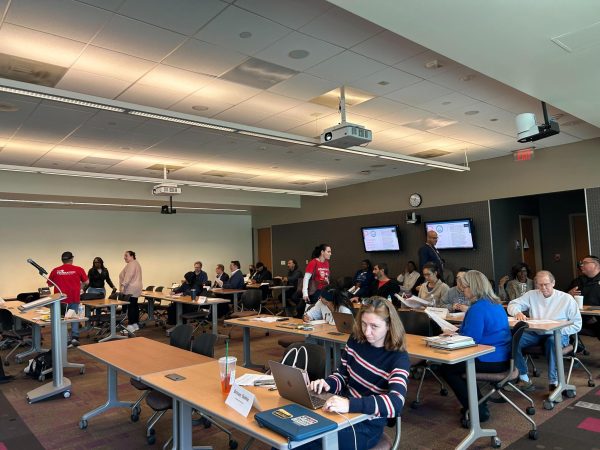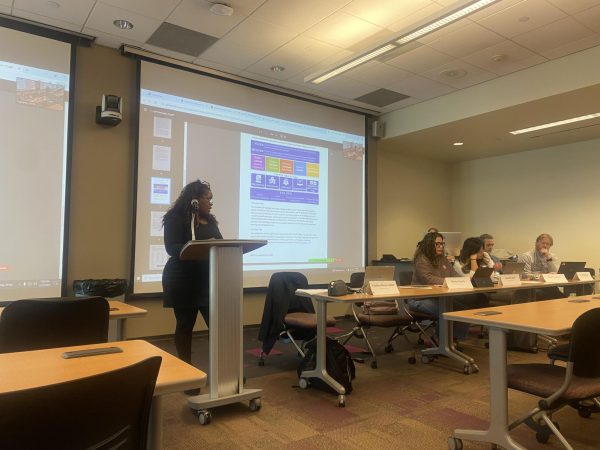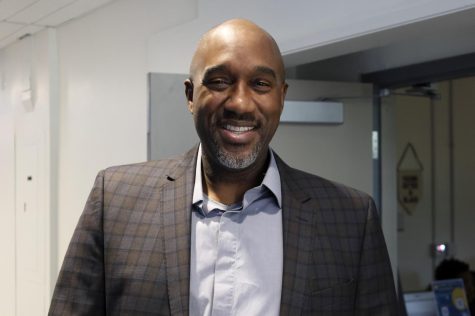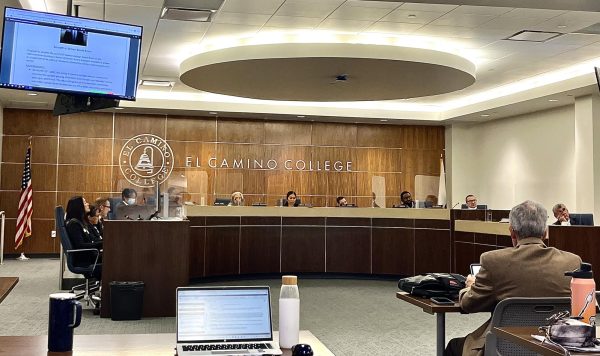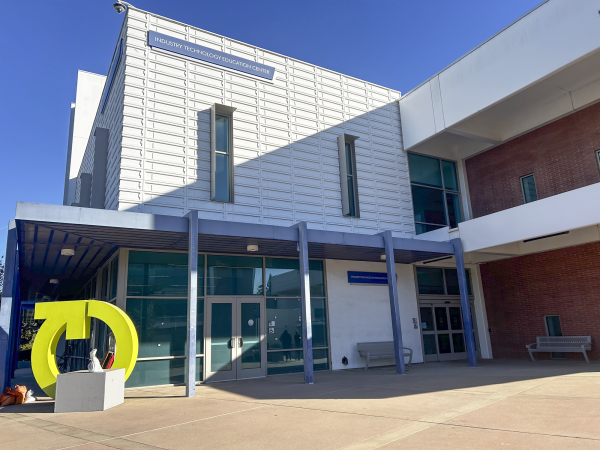Grafitti thrives amid Sunken City ruins
Writer’s Note: This project was supported by California Humanities Emerging Journalist Fellowship Program. For more information, visit www.calhum.org.
Any views or findings expressed in this publication do not necessarily represent those of California Humanities or the National Endowment for the Humanities.
As he descends into the sunken abyss, he climbs over chunks of cracked street lanes and rocks.
He ascends to the top of a piece of road that is flat enough and looks into the distance seeing veering cliffs, sharp drops and loose dirt.
Determined, he keeps moving to find the next spot to put his mark on.
Rocks, chunks of road and even tree trunks are covered in thousands of rainbow-colored graffiti tags and murals.
Andrew, also known as Apple Jax or AJ, who declined to give his last name, is in the business of art.
Graphic design, clothing lines, brand deals and graffiti explicitly fall under his purview.
And his main place of business: Sunken City, San Pedro.
“This spot is therapeutic for me,” AJ said. “But also, it’s a place for me to be able to grow my business.”
Fenced off and known as one of the greatest graffiti attractions for artists in the South Bay, Sunken City is situated right next to the Point Fermin Lighthouse Park.
However, it is also home to one of the most infamous geological disasters of the early twentieth century.
Sunken City is a beachfront area that was abandoned after a slow-moving landslide in 1929. Over the following decades, pieces of the coastline would slip into the ocean.
At one point, geologists measured the sinking of the coastline at an average of 11 inches per day.
The area was eventually fenced off and signs were posted warning of fines after complaints from the neighboring residents poured in about the loud music and roaring bonfires that occurred in the area.
That did not stop the art and artists from flowing into the landscape looking for an open canvas to create various pieces of art.
“[Sunken City] is a space where not only me but other people can express themselves,” AJ said. “It puts money in my pocket and creates opportunity for local artists.”
As AJ finally finds a place to make his canvas, he pulls out his cans and his friend sparks the tail end of a blunt.
“People come here for all the right reasons,” AJ said. “It’s a diverse place for people of all backgrounds to come together.”






